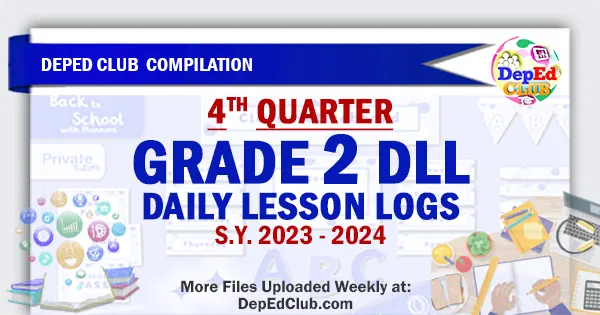To help teachers enhance student engagement, foster independent learning skills and facilitate personalized learning experiences, we are constantly uploading our ready-made Week 3 – Quarter 4 Grade 2 Daily Lesson Log | April 15 – 19, 2024 DLL. Our long-term goal is to consistently update and publish our ready-made weekly Grade 2 Daily Lesson Logs. Just visit this page regularly for the latest uploads.
We are grateful to all of our Contributors, File Editors and Tech Volunteers who worked sacrificially and without hesitation to manage the content of our website and social media accounts. Thank you to everyone for your continued support.
Blended Learning in Education
Blended learning, a dynamic educational approach has garnered attention in research focusing on instructional design, interaction dynamics between teachers and students, learning outcomes, attitudes and technological integration. While much of the existing literature primarily delves into tertiary education and adult learning, with a focus on online learning over distance education, recent findings indicate a growing interest in school education promising valuable insights for the field as educational systems adapt to new academic years.
These research underscores the absence of definitive evidence regarding the optimal balance of learning environments, given the complexity of learning processes and contexts. However, a comprehensive review suggests that blended learning which amalgamates both online and classroom approaches tends to mitigate the shortcomings associated with solely online or traditional classroom education.
In designing a blended learning strategy, various factors come into play including student age and competencies, curriculum objectives, available resources, teacher expertise and the school’s instructional philosophy. This approach necessitates flexibility in determining the balance between distance learning and on-site schooling tailored to the level of student autonomy and the nature of teacher-led activities.
The reversed classroom model exemplifies this approach where students acquire foundational knowledge remotely before engaging in practical application during in-school sessions. Such an approach fosters student ownership of the learning process, promoting collaboration with teachers, peers and other stakeholders.
Blended learning extends beyond the confines of structured lessons emphasizing the importance of pre- and post-learning phases. By empowering learners to actively engage in the entire learning journey, it reduces the reliance on traditional teacher-centered instruction making learning more meaningful and impactful.
Furthermore, blended learning offers a spectrum of possibilities ranging from minimal to extensive distance learning. For self-directed learners, it provides opportunities for independent study, personalized feedback and flexible scheduling, including elective courses or internships aligned with individual interests.
In instances where distance learning predominates such as during pandemic, weather-related school closures, or in remote areas, students can benefit from targeted face-to-face interactions with teachers, optimizing their educational experience without requiring daily attendance.

